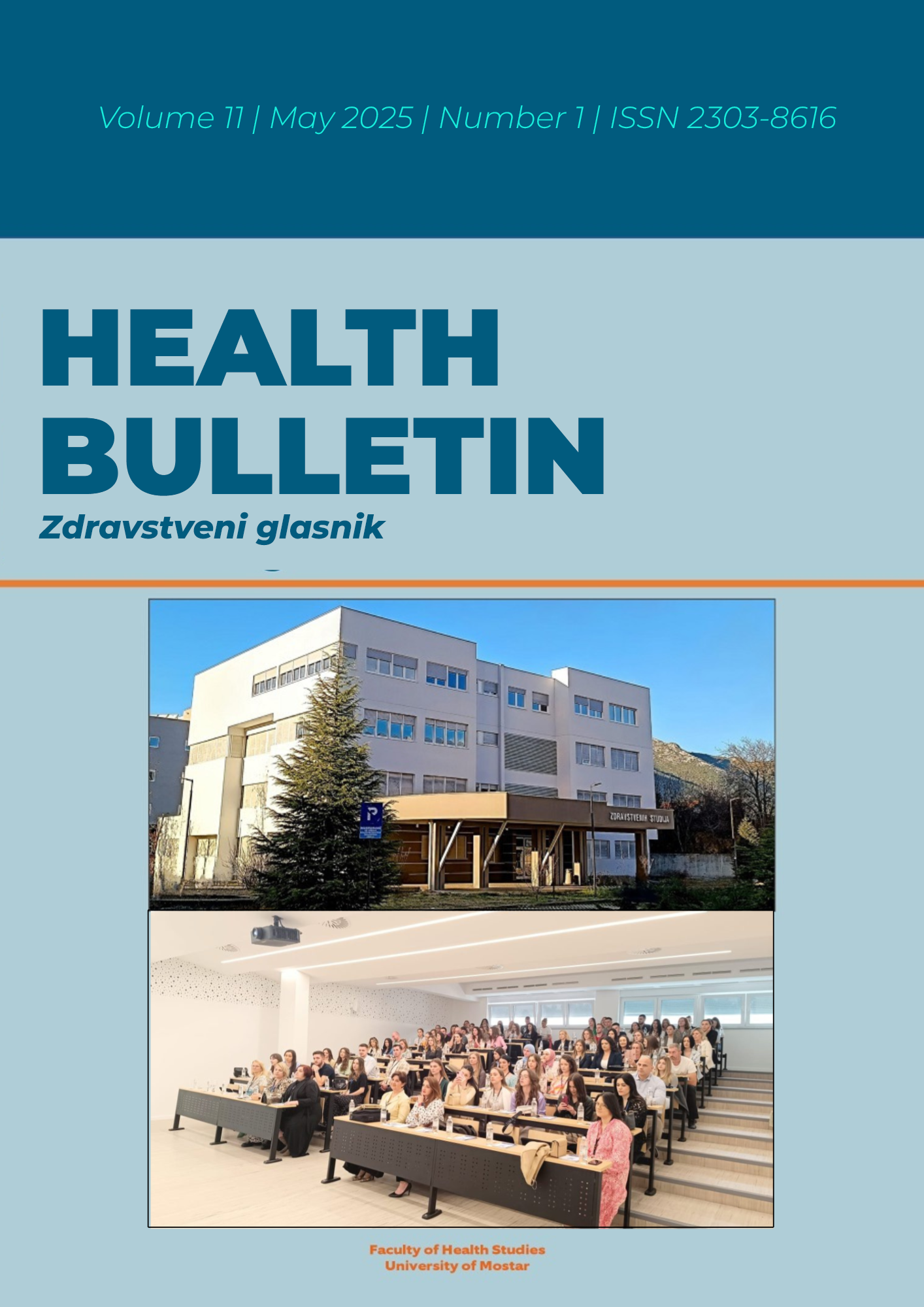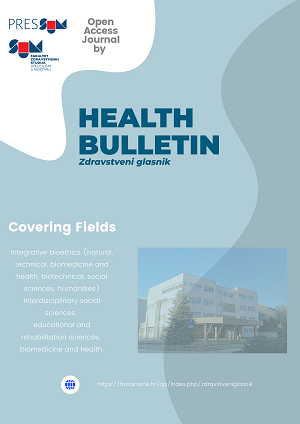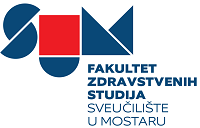RADIOLOGICAL WORKUP OF SPINE TRAUMA
Keywords:
spine trauma, radiological diagnosticsAbstract
Introduction: imaging plays an important role in the treatment of patients with spinal trauma.
Until a final diagnosis is made, the first imaging method is X-ray diagnostics, then CT and finally MRI diagnostics for spinal cord injuries. The aim of this paper is to investigate how radiological methods can help in the precise diagnosis and monitoring of patients with spinal injury, and which radiological diagnostic method is the most effective.
Research methodology: data collection time: from 1.1. 2023 to 1.1. 2024 at the University Clinical Hospital Mostar, Department of Radiology. The subjects are patients with spinal trauma who were referred for radiological treatment at the University Clinical Hospital Mostar during the mentioned time period.
Results: The youngest subject was 7 years old, and the oldest was 83 years old. The mean age of the subjects was 49.4 years. The majority of subjects were in the age groups 60-69 and older than 70 years, both groups 23%. The most common injury was a rib fracture, in 27% of subjects, acetabular fracture in 23% of subjects, and cervical spine fracture in 21%. Of the total number of subjects, 49% had a lumbar spine injury, 30% a thoracic injury and 21% a
cervical spine injury. The most common type of imaging was CT, 38% 33% of subjects had X-ray imaging and 29% MRI imaging.
Conclusion: CT is the first imaging modality due to its fast and easy acquisition and high sensitivity for detecting bone fractures. New technologies in the field of CT, especially DECT and photon-counting CT, have managed to increase the sensitivity for detecting spinal trauma. MRI provides detailed information about ligaments, soft tissues, disc and spinal cord.
















